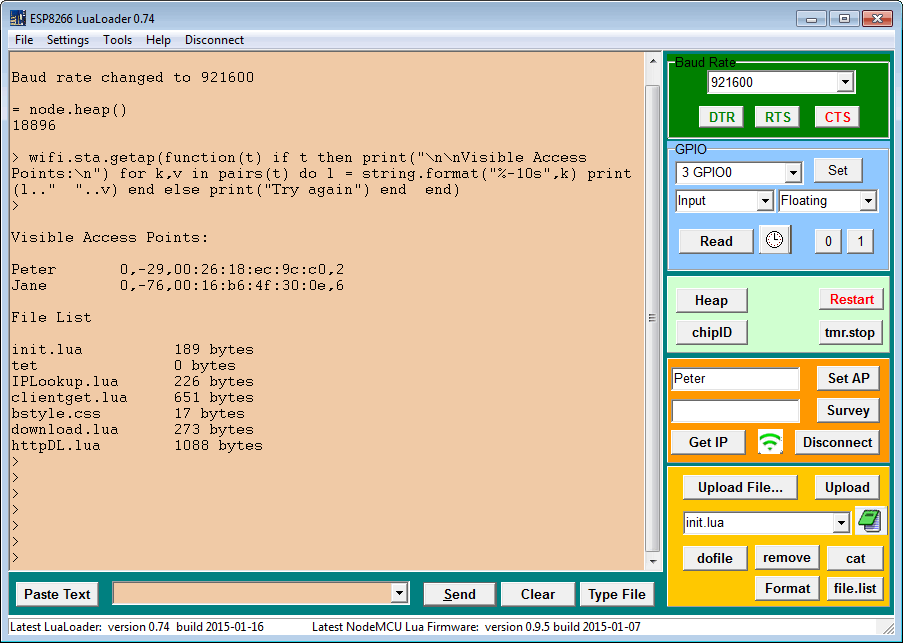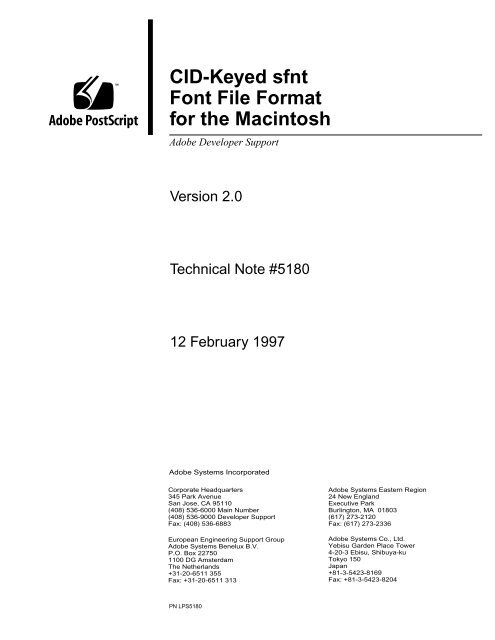

OTF files use the following data types which are all in Big Endian. Data inside an OpenType font file is used for different purposes such as calculating the text layout, defining glyphs as TrueType or Compact Font Format (CFF) outlines, providing monochromatic or color bitmaps or SVG documents as alternate glyph descriptions, and meta-data information. Like TTF, it uses the same ‘sfnt’ container structure and is compatible with the TrueType specifications.

OTF specifications are available publicly by Microsoft and can be referred to from developer’s perspective. This new technology was introduced the same year with the name OpenType. This resulted in combination of both underlying font formats to overcome the limitations and add new extensions. The modifications also included to introduce a more suitable font format that also meets the features of Adobe’s Type 1 (PostScript) font formats.Īdobe, in 1996, joined Microsoft in its efforts to supersede both Apple’s TrueType and its own Type 1 font formats. This didn’t go well and as a result, Microsoft started enhancing its owns TrueType font technology in 1994.
Fot file extension license#
Microsoft attempted to license Apple’s advanced typography technology, known as GX Typography, in the early 1990’s. In addition, it was aimed to meet the requirements of complex behaviour of many of the world’s writing systems. The requirement of OpenType fonts originated as a requirement for a more expressive font format that could handle fine typography.
Fot file extension mac os x#
The OpenType font format is supported by Mac OS X and Windows 2000 and later. This makes OTF format to accommodate majority writing systems and that is why it is uniformly used on major computer platforms. Developed by Microsoft and Adobe, OTF combines the features of PostScript and TrueType font formats.

OTF font format is more scalable and extends the existing features of TTF formats for digital typography. otf extension refers to OpenType font format.


 0 kommentar(er)
0 kommentar(er)
